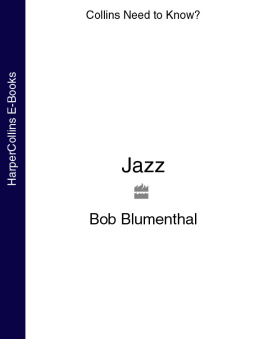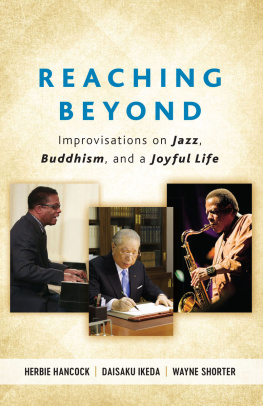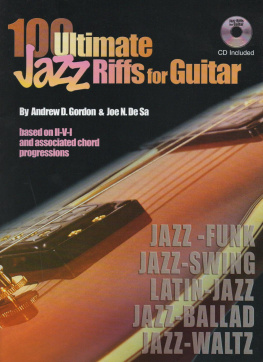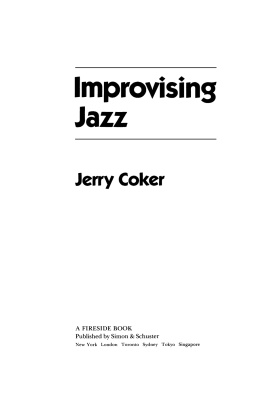PREFACE
This theoretical book is meant to improve contemporary jazz styles techniques for all musician players of modern jazz. These exercises were made as an extension of my book "240 Chromatic Exercises + 1165 Jazz Lines Phrases For The Modern Improviser".
We will divide this book into scale and arpeggio exercises, transcribed line phrases as well as voicings for left, right, both hands and jazz comp rhythms used by Herbie Hancock for the Blue Note Records, as a leader and as a sideman Player.
The majority of these exercises should be transposed to all twelve (12) tones, so we can achieve perfect coordination. Major chords, Minor chords and Dominant chords will be extended to their highest level, in scales, arpeggios and chromatic form. There will not be key signature centers, so we will work all exercises in accidental way.
We also, are presenting piano voicings that should be practiced in all keys and jazz comp rhythms used in a staccato form to establish his particular way of Piano Accompanying.
Any individual or class using this book, should listen to as much jazz, recorded and live, as possible.
Good luck, and remember, "JAZZ IS ALIVE"
Olegario Diaz
INTRODUCTION
Herbert Jeffrey Hancock was born in Chicago, Illinois, on April 12, 1940, to Wayman Hancock, a grocery store clerk and future federal meat inspector, and Winnie Griffin Hancock, a secretary in whom a love of music and appreciation for education had been instilled as a young child. When Herbie was a baby, his parents discovered that he would stop crying when music was played. And as a toddler, he would respond ecstatically when a piano was near. This ecstasy was finally put to use when his parents bought an old upright piano for 25 dollars. Instead of playing sports and running about with his schoolmates in the back alleys of Chicago, the studious seven-year-old preferred to stay home learning piano and nurturing a fascination with science and electronics. He skipped two grades, an academic feat that was fostered by his parents' promotion of discipline and that he would later say helped forge his identity as a high achiever. Similarly prompted by his mother's love of music and by enthusiastic public school instructors, young Hancock listened to opera on the radio and excelled at the piano, winning a scholastic contest at age 11, the award for which was a concert performance of a Mozart concerto with the Chicago Symphony Orchestra.
Abstract:This study investigates jazz pianist and composer Herbie Hancock's seven albums recorded as a bandleader for Blue Note Records between 1962 and 1969. Recorded during Hancock's tenures with Donald Byrd and Miles Davis, his early works are highly mature musical conceptions, with all the major elements of Hancock's personal musical style already present. A mixed-methods approach combining several forms of qualitative data analyses is used to identify the formal construction, the musical meanings, and the cultural significance of this body of music. The study surveys the thirty-six compositions that comprise these seven albums, and selects for in-depth analysis seven pieces that are proportionally representative of the formal characteristics of this larger repertoire: "The Maze," "The Pleasure Is Mine," "Jack Rabbit," "One Finger Snap," "Little One," "Toys," and "I Have A Dream." Hancock's improvisations on these representative compositions are transcribed, and each improvisation and composition is analyzed for its historical, aesthetic, and formal properties. The cultural and historical context and significance of each recording is examined through interviews with persons involved in the original recording process, as well as other jazz musicians and scholars with deep knowledge of Hancock's life, music and oeuvre. Aesthetic analyses, informed by the theories of Kivy and Elliott, investigate the expressive or representational qualities of each composition, and examine how formal musical elements contribute to these expressive or representational qualities. Formal analyses examine elements of harmony, rhythm, and melody characteristic of Hancock's compositional and improvisational style. The study concludes that Hancock's compositions and improvisations of this period exhibit a number of consistent style elements, such as sophisticated harmonic and rhythmic superimposition, that were an important influence on jazz pianists of the following generation.











